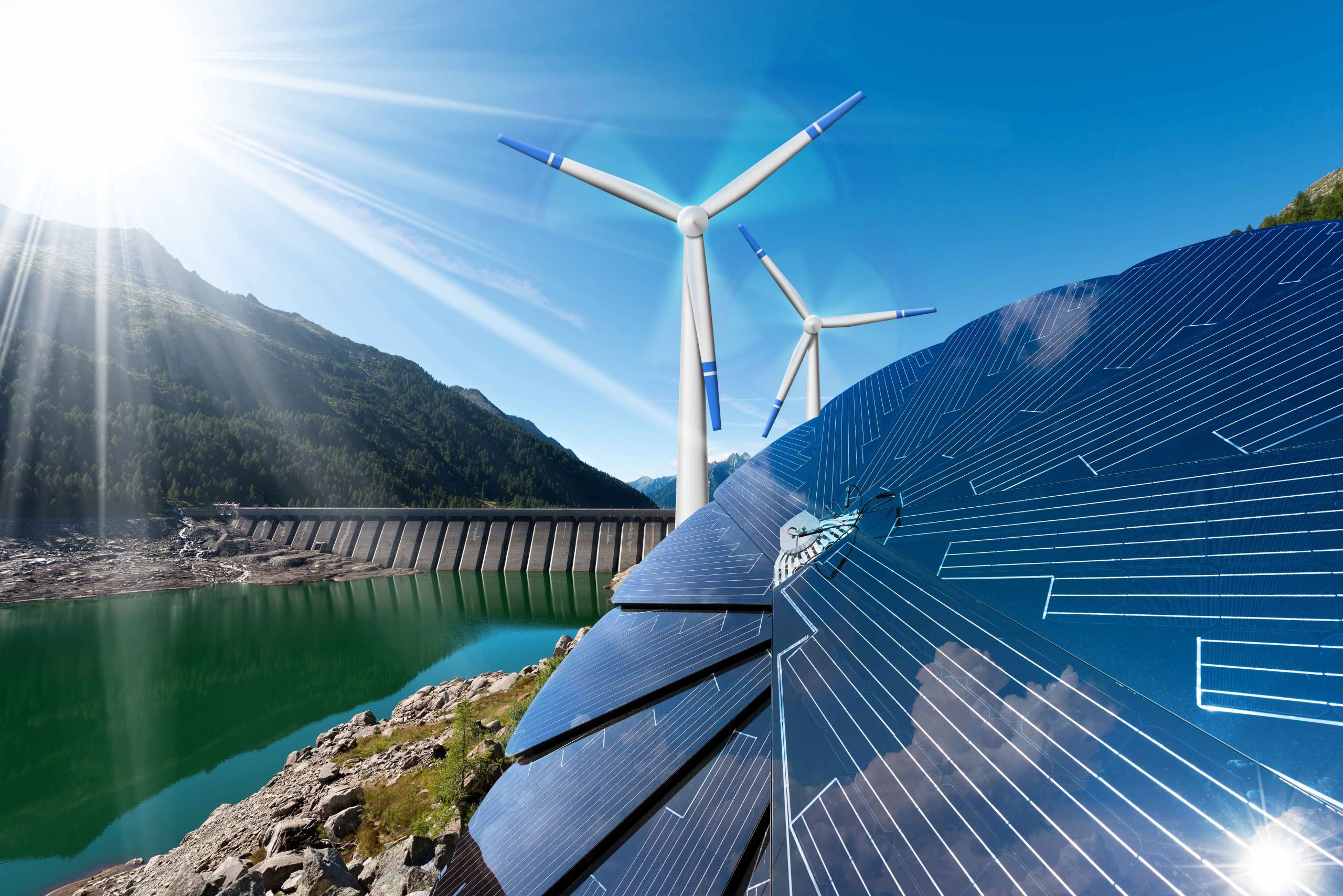Wind, water and sun are inexhaustible energy sources. To make good use of the ocean, 70% of the surface area of the globe, has always been the target of energy experts. Nevertheless, the high setup and maintenance costs, together with the compromises called for by specific geographical and weather conditions make wave power less cost effective and reliable. A research team from the Faculty of Engineering of The Chinese University of Hong Kong (CUHK) has recently devised a water-tube-based triboelectric nanogenerator (WT-TENG) through adopting simple mechanical principles and materials, to convert ocean wave energy into electricity efficiently. All by a finger-sized plastic tube.
Imitate the motions of ocean wave and revolutionalise the conventions of energy collection
How can electricity be generated with a 6-cm plastic tube, the size of a finger, connects to a cable? Professor Zi Yunlong, Assistant Professor of the Department of Mechanical and Automation Engineering from CUHK led the research. He is keen on researching into energy harvesting through the emerging technology of triboelectric nanogenerator (TENG), which is also the fundamental theory of this water-tube-based electricity generator. Professor Zi said, “Triboelectric nanogenerator is a recent technology employed in different daily appliances, including air filtration face masks, air purifier, and others, while it is more promising to deploy it in the field of renewable energy.”
The conventional triboelectric nanogenerator generates electricity through contact electrification between solid materials. It poorly utilises space and it is hard to ensure the contact intimacy of the two solids, thus the electric charge density is rather low. While energy loss and wearing of materials might also occur during the frictions, it is hard to keep electric charge output at optimal and the maintenance cost is high.
What makes many of the wave power initiatives stillborn is the unsteadiness and irregularity of ocean waves, which adds further limitations to the frequency of waves, apart from the technical concerns stated above. The research team has made extra efforts in selecting and examining the materials used in fabrication. Postdoctoral Fellow Dr. Wu Hao, another member of the team stated, “No one has ever used a small water tube as such to collect wave power. In terms of picking an appropriate material, we attempted many times. For example, we have tried using dust-like powder for testing, but its loose structure makes it less preferable than water with its natural softness and high-performance.”

The fluidity of water resonates the most with the motions of ocean waves. By optimising the use of space, the contact area between the water and the material will be increased given its flexibility and softness. The team took this as an inspiration which led to their development of the water-tube-based triboelectric nanogenerator (WT-TENG). The principle is to encapsulate water in a tube of 6 cm long with a diameter of 1 to 2 cm. When waves hit, water adhering to the regions of the electrodes will generate electric current due to the back-and-forth rubbing between the water within the tube and the contact surface of the tube. But what if there are not any waves? Would that hinder the generation of electricity, as energy is insufficient? When asked what is the lowest mechanical frequency for the WT-TENG, Dr. Wu smiled and added, “When the WT-TENG is operated under rotational mode, it can generate electricity at a low-frequency mechanical motion!” In a nutshell, even when the wave motion is recorded as low as 0.1 Hz, a single unit of WT-TENG can generate electric voltage up to 100 to 150V under rotational mode, reaching around a volumetric output charge density of 9 mC/m3. This is the highest recorded among all the existing TENGs for low-frequency energy harvesting.

An economical and simple fabrication prevails and offers new direction to developing blue energy

It’s like building blocks – the WT-TENG device can be formed into different combinations of units according to the needed output charge. The more the unit, the more the current. To test the device in an authentic situation, the team took it to the shoreline of Victoria Harbour in Hong Kong. 34 WT-TENG tubes were placed into a sealed box for harvesting energy from ocean waves, and it turned out lightening up 150 LEDs.
The low-cost device is undoubtedly a power giving impetus to the development of blue energy which helps draw more people into the industry of renewable energy. Professor Zi has also admitted that to further develop WT-TENG into a scale big enough to power a city might need much consideration. But he still wishes to make this endeavour step by step. “The power embodied within the ocean is immense, yet we see minimal utilisation and manipulation. We have been delving into the study of the triboelectric generator for years and we wish to see if the original technology can be replaced by ours, offering a better option for ocean harvesting. This technology of WT-TENG is still in a preliminary fledging stage. The next step for us is to improve the output charge of the device and its stability, and to see if it can power small appliances. The encapsulation and packaging of the WT-TENG needs to be improved as well to resist seawater corrosion, and we can scale it up gradually.”
The research study has been published in Advanced Energy Materials and was supported by several research funding schemes, which are of great significance in promoting the development of harnessing ocean energy and wireless sensor networks.










